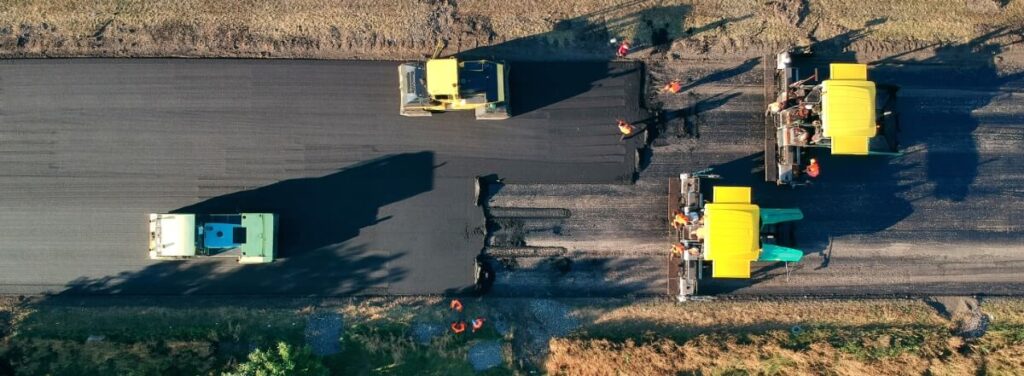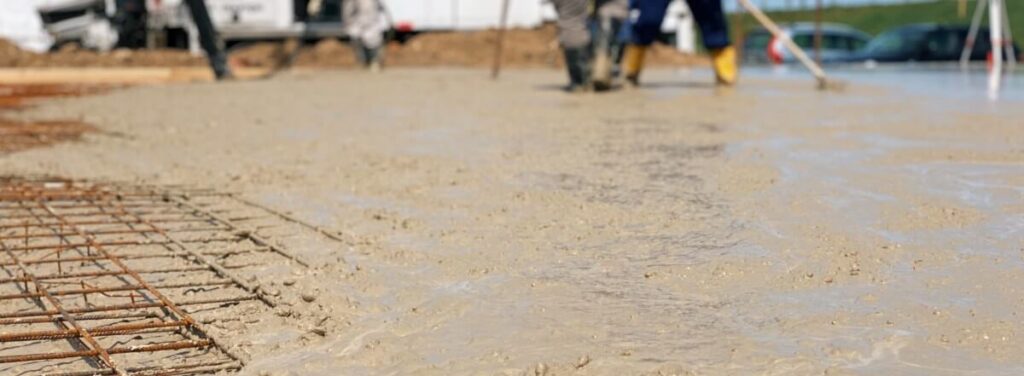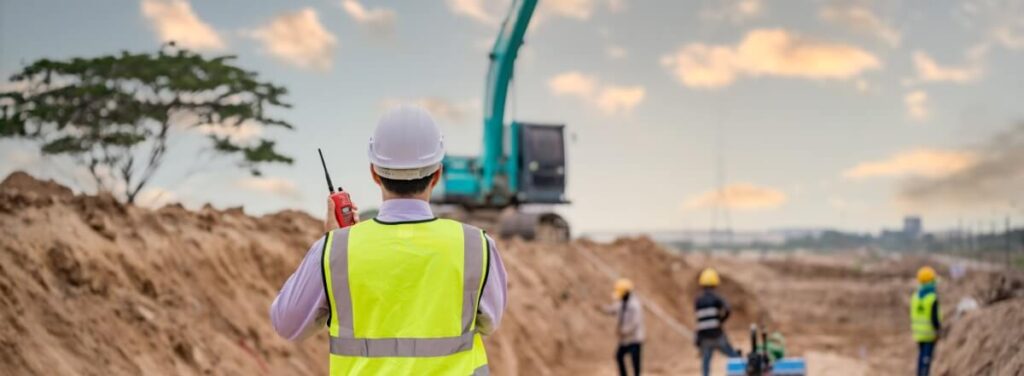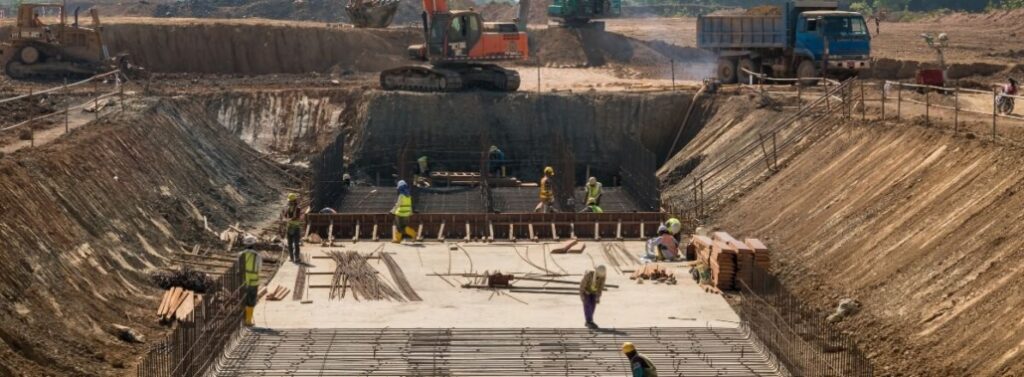Преминаването към арматурни пръти от подсилена със стъклени влакна пластмаса (GFRP) в пътното строителство е не само техническо надграждане, но и икономическа стратегия. Приемането на FRP, както се насърчава от лидери в индустрията като Composite-Tech, носи значителни финансови последици. Изчерпателният анализ на разходите и ползите разкрива истинския икономически потенциал на GFRP композитите, като се вземат предвид както първоначалната инвестиция, така и дългосрочните спестявания. Освен това по-широкото икономическо въздействие, включително растежа на пазара и създаването на работни места в сектора на FRP, е значително.
Съдържание

GFRP композити – анализ на разходите и ползите
Преходът към GFRP композити първоначално изглежда скъп, когато се вземат предвид първоначалните разходи за материали. FRP материалите обикновено са по-скъпи от традиционните материали като стоманена арматура. Това обаче е само част от финансовата история. Холистичният поглед върху анализа на разходите и ползите разглежда целия жизнен цикъл на пътната инфраструктура.
Първоначална инвестиция
Докато закупуването на FRP материали изисква по-висока първоначална инвестиция, свързаните с това разходи за транспорт и монтаж са значително по-ниски. Леката природа на FRP намалява транспортните разходи, а лесната инсталация съкращава сроковете на проекта, намалявайки разходите за труд.
Дългосрочни спестявания
Истинската икономическа полза от GFRP композитите се крие в тяхната издръжливост и ниски изисквания за поддръжка. По-дългият живот на подсилените с FRP пътища значително намалява необходимостта от чести ремонти и поддръжка, повтарящ се разход в традиционната пътна инфраструктура. Освен това, устойчивият на корозия характер на FRP материалите намалява разходите, свързани с влошаването на околната среда и износването на материала.
Когато се вземат предвид тези фактори, общата цена на жизнения цикъл на подсилени с FRP пътища често е по-ниска от тази на пътища, построени с традиционни материали (стоманена арматура), което води до значителни дългосрочни спестявания за държавните органи и данъкоплатците.

Растеж на пазара и създаване на работни места
Развиващият се FRP сектор е катализатор за икономически растеж и създаване на работни места в строителната индустрия. Повишеното приемане на FRP композити в проекти за пътно строителство не само стимулира растежа на утвърдени компании като Composite-Tech, но също така насърчава появата на нови бизнеси, специализирани в GFRP продукти.
Растеж на пазара
Търсенето на устойчиви и издръжливи строителни материали нараства, позиционирайки FRP пазара за значителен растеж. Този растеж се задвижва от нарастващата осведоменост за дългосрочните ползи и рентабилността на GFRP композитите в инфраструктурни проекти. Тъй като повече сектори в рамките на строителната индустрия признават предимствата на FRP, се очаква пазарът да се разшири, което ще доведе до увеличени инвестиции и иновации в областта.

Създаване на работни места
Разширяването на пазара на FRP води до създаване на работни места в различни сектори. От производството до монтажа, FRP индустрията изисква квалифицирана работна ръка, инженери, специалисти по продажбите и помощен персонал. Специализираният характер на GFRP композитите също така насърчава развитието и обучението на работната сила, създавайки нови кариерни пътища и възможности за професионално израстване.
GFRP арматура – интелигентен икономичен избор
В заключение, икономическите последици от приемането на GFRP арматурни пръти в пътното строителство са дълбоки. Анализът на разходите и ползите подчертава дългосрочните спестявания и финансовата жизнеспособност на FRP материалите, докато свързаният пазарен растеж и създаването на работни места допринасят за по-широкия икономически пейзаж. Тъй като строителната индустрия продължава да се развива, GFRP композитите се открояват като интелигентен икономически избор, проправяйки пътя към по-устойчиво и проспериращо бъдеще.

